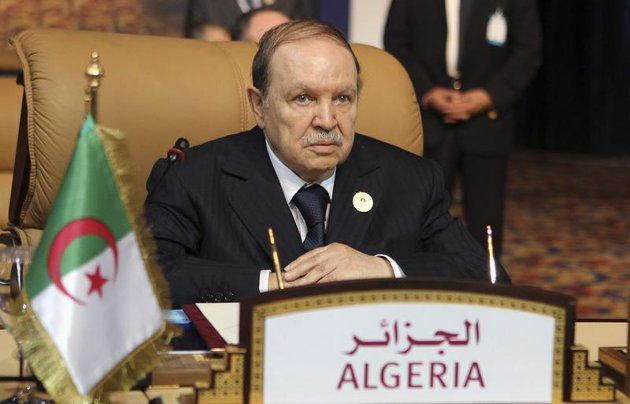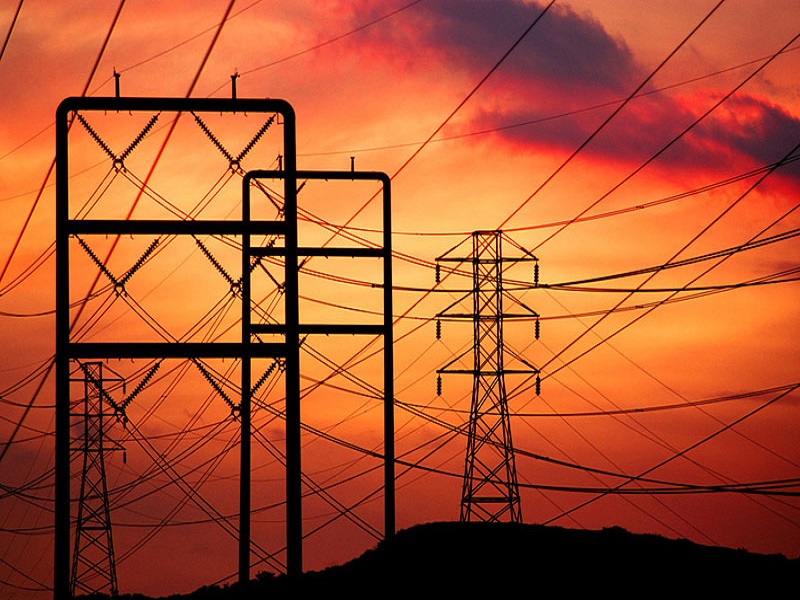In early April 2019, Saudi Arabia’s progress in constructing its first nuclear reactor with the assistance of Argentine firm INVAP was the subject of considerable media attention that speculated on the dangers of this development. This was made all the more alarming given the reported nuclear technological assistance to the kingdom that the American administration approved. In fact, a cursory review of events surrounding this development reveals that there are at least two indicators that can be seen as cause for concern.
First, Saudi leadership rhetoric pertaining to proliferation has not been reassuring, as crown prince Mohammed bin Salman signaled his country’s resolve to pursue the path of nuclear armament in the event that Iran, its regional rival, moves in that direction too. Second, the construction of this reactor is seen as the first step toward acquiring the knowledge and experience necessary for developing a sizeable nuclear power infrastructure that will supply the kingdom’s needs in the future. The kingdom has plans to build two large nuclear reactors to diversify its energy sources and meet its electricity needs, as well as a number of small reactors for desalination purposes. As these plans begin to materialize, the importance of Saudi compliance under a Comprehensive Safeguards Agreement (CSA) will become indispensable and equivocation on the matter unacceptable.
Having said this, speculation that is largely focused on a handful of events reported by the media is not good at providing a clear picture. Grounding analysis in an understanding of regional politics and global nonproliferation dynamics is likely to capture a clearer picture of the situation. There are at least two factors should be grounds for concern about potential Saudi nuclear proliferation.
First, the literature on nuclear proliferation, particularly that in the realist tradition, focuses on the role of balance of power in inducing proliferation. Cases like China, India, and Pakistan are often cited as examples of countries that acquired nuclear weapons in order to deter aggression by their major rivals which possess these weapons. Therefore, realist analysis would predict that Saudi Arabia would pursue that path should Iran move in that direction. Saudi-Iranian geopolitical rivalry predates the crown prince’s declaration for a long time. In the recent past, the two powers have found themselves supporting opposing sides in many of the Middle East’s conflicts such as Syria and Yemen. Given this, prospects for Saudi proliferation are inextricably tied to the path Iran pursues in the wake of the US withdrawal from the JCPOA and the number of antagonistic policies the Trump administration has pursued with Iran. One, particularly concerning development, has been Saudi Arabia’s movement toward building ballistic missiles that are capable of carrying nuclear warheads.
Second, under the Non-Proliferation Treaty, non-nuclear-weapon states have the right to acquire nuclear energy provided that they do not pursue weapons. This has initiated a global trend toward energy diversification that includes nuclear power. In the Middle East alone, Egypt, the UAE, Qatar and Jordan have all initiated plans to acquire nuclear power. One consequence of this trend has been the increased demand for the IAEA’s verification activities as more countries have to sign CSAs. Unfortunately, this trend has coincided with an overall stagnation in the agency’s budget. In a recent talk, IAEA Chief Yukiya Amano spoke at length about the strong connection between the neutrality of the agency and its legitimacy, emphasizing the difficulty in maintaining that image with the increasing verification demands on the agency’s regular budget that have not been accompanied by increases. Should things remain the way they are, the IAEA will not be able to handle the increasing demand for its compliance verification expertise.
Notwithstanding the pessimistic assessment above, there are is a case to be made that the proliferation fears should not be overblown. To begin with, the reactor’s minuscule size and limited capacity cannot possibly be construed as evidence of a nascent weapons-grade capability. And to help allay proliferation fears, Robert Kelley, a US Department of Energy veteran, expressed confidence that INVAP, the Argentine company assisting with reactor construction, would not supply the Saudis with fuel until they have signed a Comprehensive Safeguards Agreement (CSA) that is not restricted by the Small Quantities Protocol. In addition, the Saudi government has not displayed any overt objection to taking that step, in the wake of IAEA encouragement for it to allow the agency access to its facilities under a CSA unhindered by the Small Quantities Protocol (SQP).
In conclusion, Saudi Arabia is one of many nations that have declared their interest in nuclear power, something they are entitled to under the Non-proliferation Treaty. Its position as a regional power locked in geopolitical competition with a rival suspected to attempting to go nuclear as well as the increasing pressure on the international non-proliferation order justifies increased attention to that country.
Featured Image: The location of Saudi Arabia’s first nuclear reactor, currently under construction in the outskirts of Riyadh. (2019). Google Earth.
Disclaimer: Any views or opinions expressed in articles are solely those of the authors and do not necessarily represent the views of the NATO Association of Canada.




